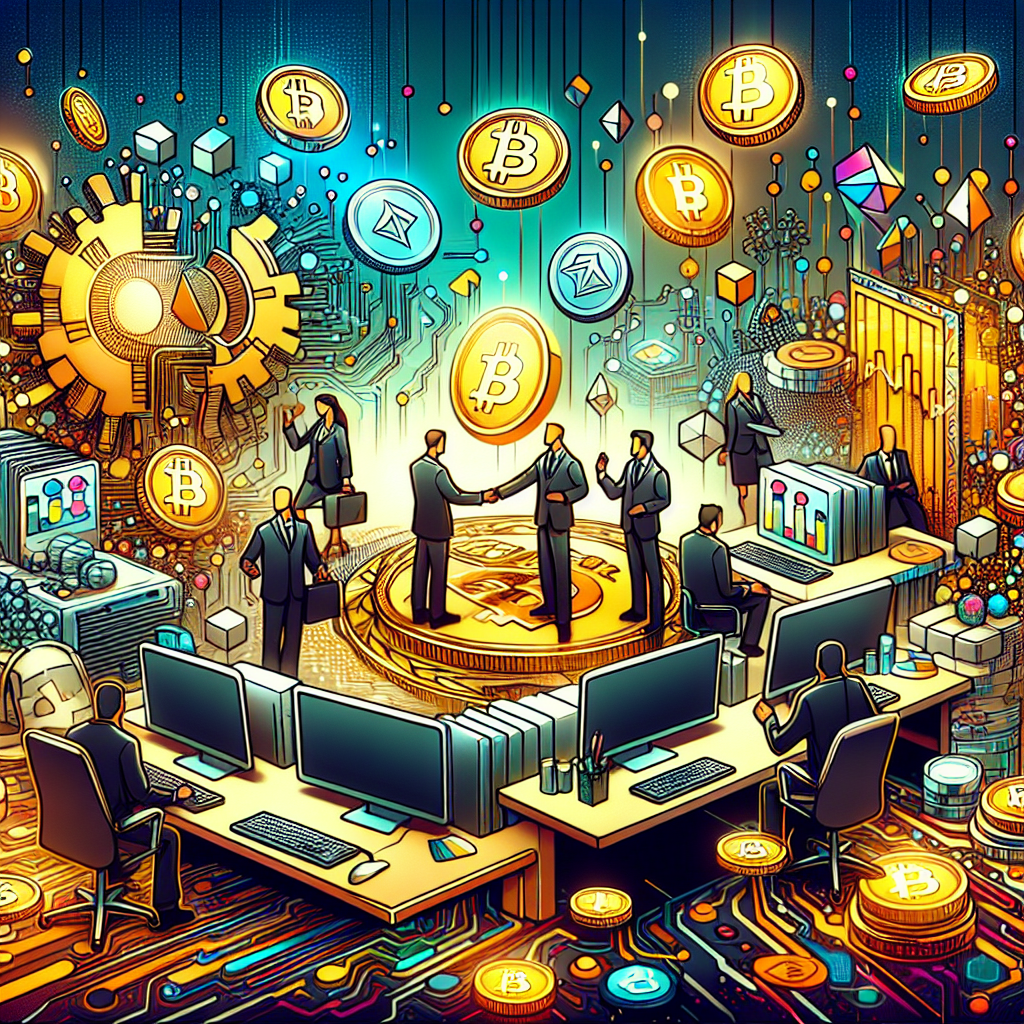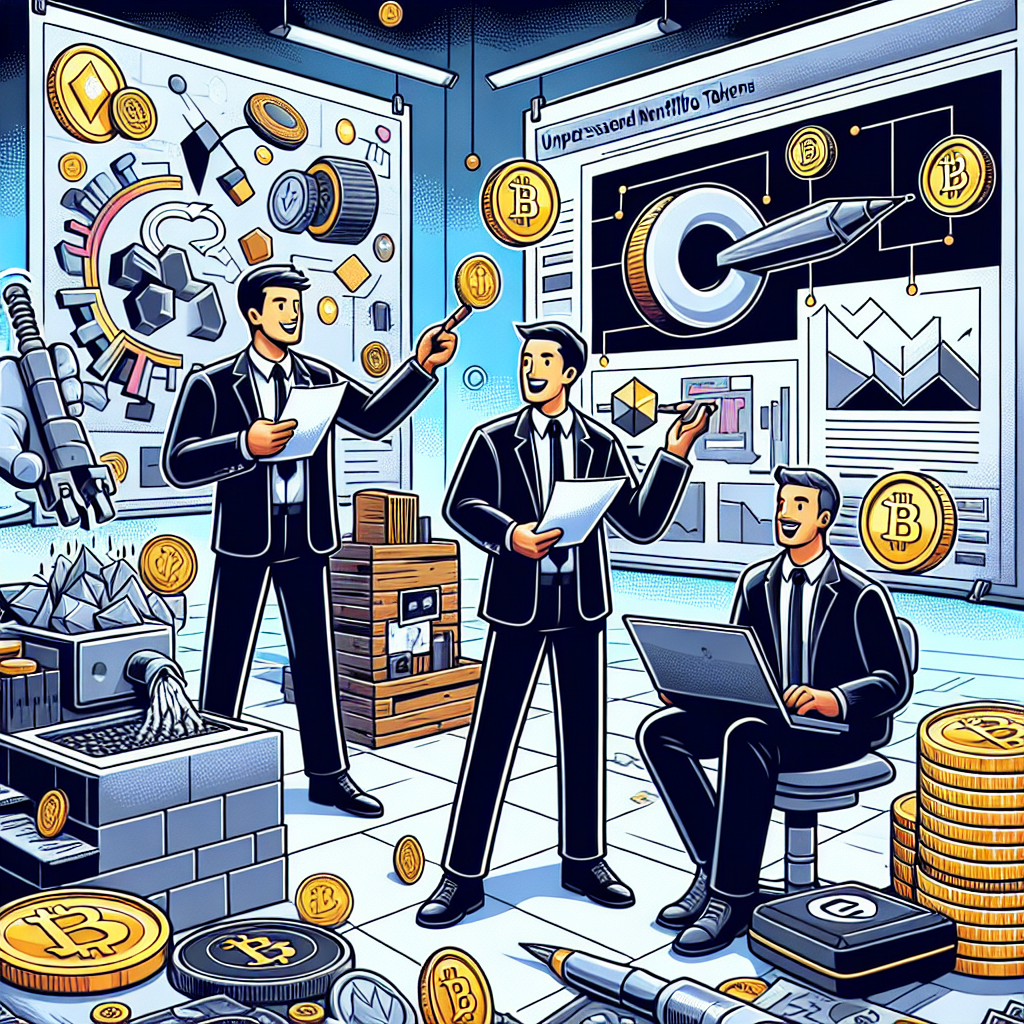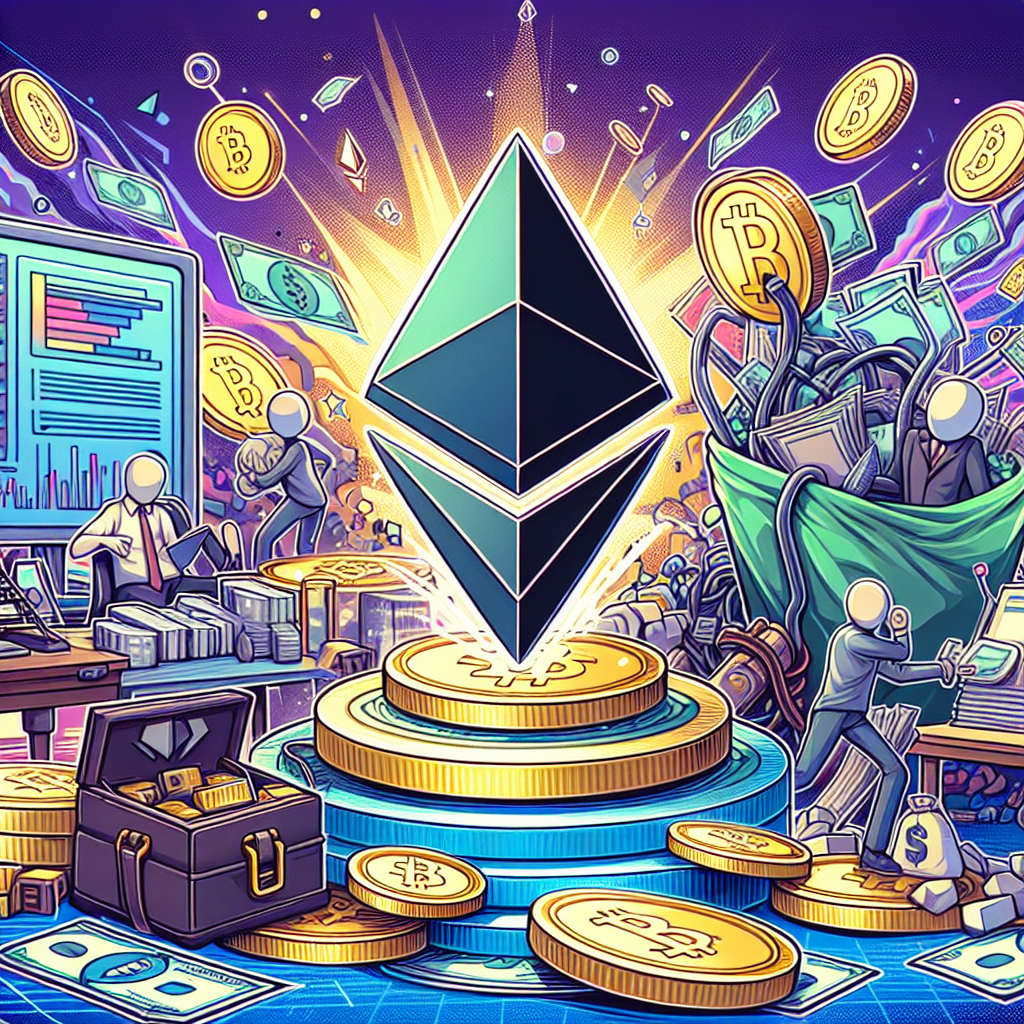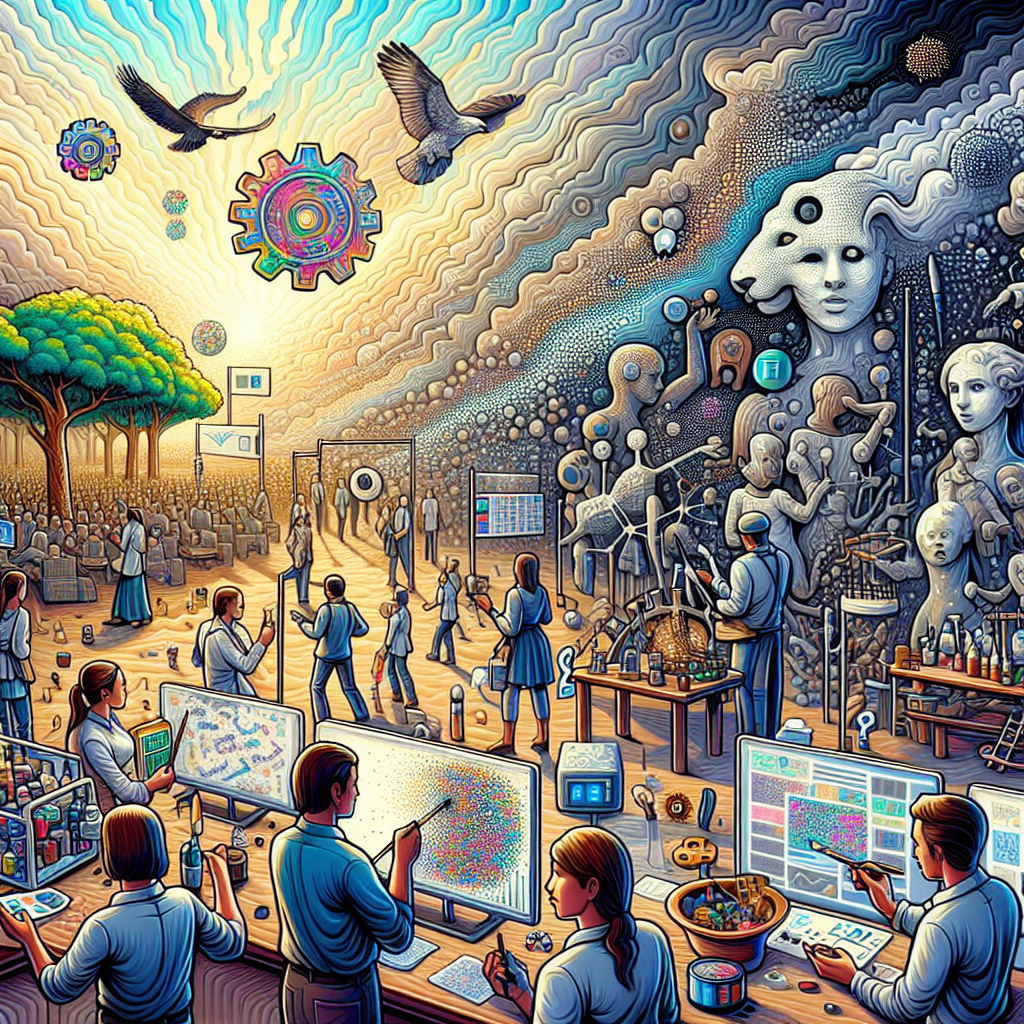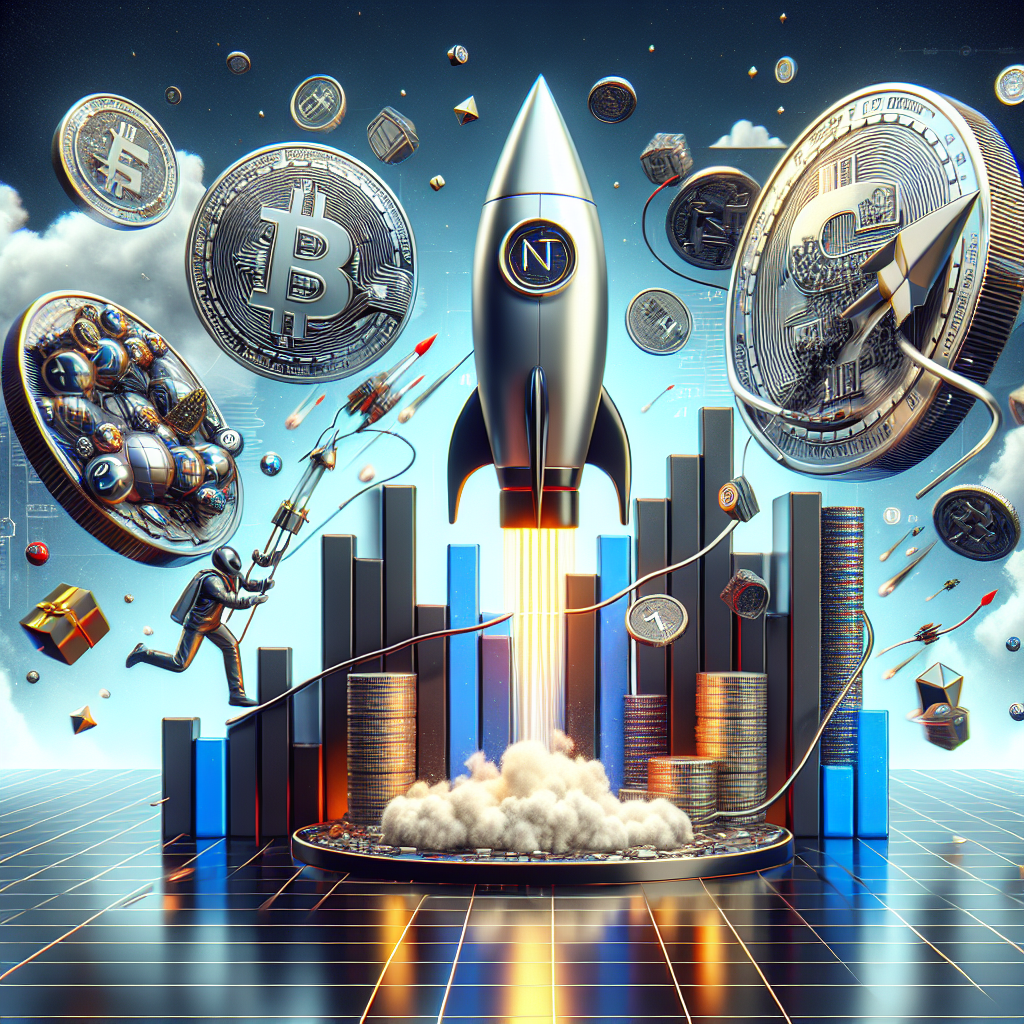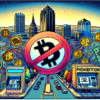Tag: NFTs
The transformation of the gaming industry through the incorporation of AI and NFTs is shaping the future of ...
In an unprecedented move, Indian Railways – the nation’s principal mode of transport – is leveraging blockchain technology ...
The rapid growth of the cryptocurrency industry is driving a surge in venture capital funding. As we prepare ...
Introduction to Compressed Non-Fungible Tokens (CNFTs) Non-Fungible Tokens (NFTs) have gained tremendous popularity in the digital world due ...
A Decade of Ethereum and its NFT Dominance Ethereum, discovered in 2014, has soared in the last ten ...
Are NFTs extinct? They’re simply transforming, suggests Rari Foundation’s Jana Bertram Non-Fungible Tokens (NFTs) have made an indelible ...
A Surge in NFT Sales The realm of non-fungible tokens (NFTs) continues to push the boundaries of digital ...
The recent weeks have witnessed an unprecedented surge in the weekly sales volumes of Non-Fungible Tokens (NFTs), leading ...


